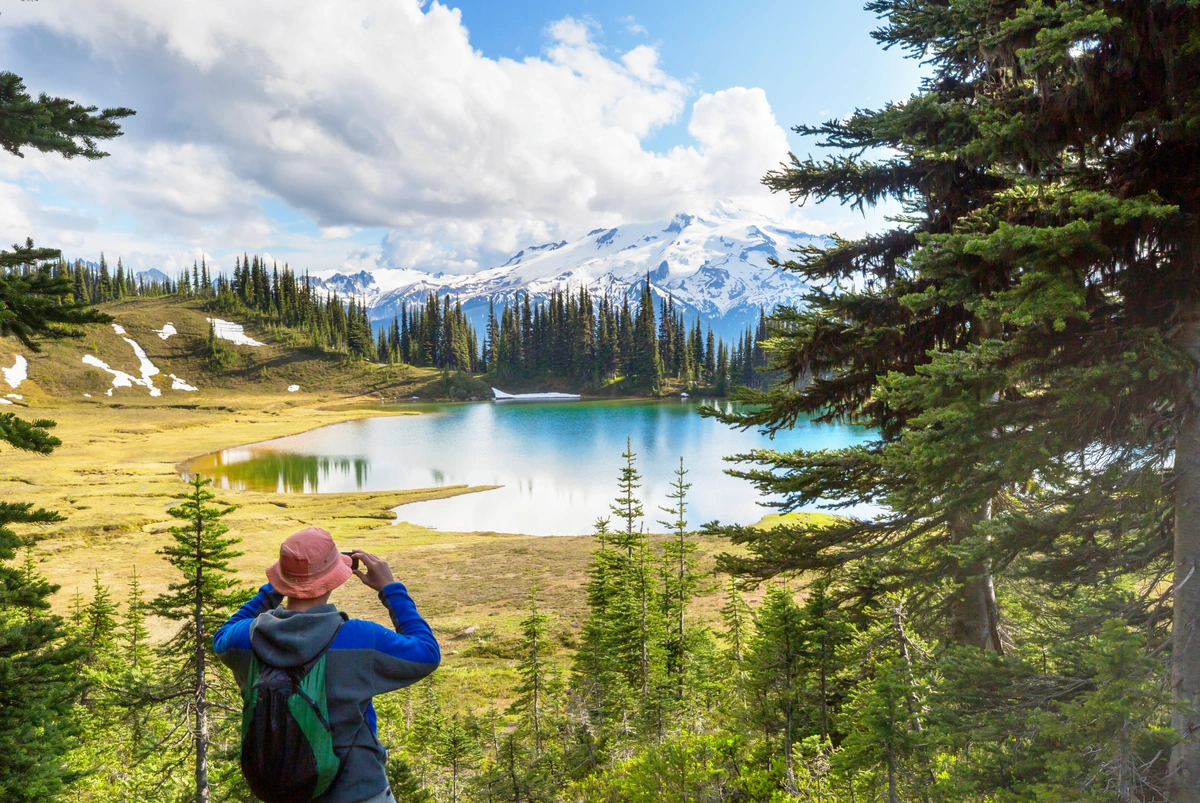
MyRadar
News
—
A Traveler's Guide to the Weather — The Rockies and the Plains
by Will Cano | News Contributor
9/18/2024
PART 4 – The Rockies and the Plains
A weatherman’s guide to dealing with the conditions you’ll run across when traveling to the Rocky Mountains and Great Plains.
Included in this section:
- Rocky Mountain Region – Colorado, Utah, Wyoming, Idaho, Montana,
- Central Plains – Oklahoma, Kansas, Nebraska, Dakotas
- Eastern Plains – Missouri, Iowa, Minnesota
Fast Facts:
- Rocky Mountain National Park houses the country’s highest paved road – Trail Ridge Road – at a whopping 12,183 feet up! (https://www.brynwood.com/our-blog/10-fun-facts-about-rocky-mountain-national-park/)
- The Northern Great Plains are one of only four temperate grasslands remaining in the world. (https://www.worldwildlife.org/places/northern-great-plains)
- Yellowstone National Park is the most concentrated geyser region in the world, powered by an active super volcano below Earth’s surface. (https://www.nps.gov/yell/index.htm)
- Denver is nicknamed the ‘Mile High City’ because it is exactly 5280 feet, or one mile, above sea level. (https://www.denver.org/meetings/denver-info/10-facts-about-denver/)
Ah, the Rockies and the Plains. It’s funny that these two are situated next to each other, because they consist of the flattest and the most mountainous parts of the United States.
In terms of weather, the Plains are known for Tornado Alley while the Rockies are famous for blockbuster snowstorms. But there is much more to these regions and their climates than these two phenomena – ones that you need to know when planning a trip there this summer.
Rainfall
The spring and early summer consists of many storms across the eastern Rockies and the Great Plains. This is because airmasses from three places all clash together: hot, dry air from the Southwest; cold, dry air from Canada; and warm, moist air from the Gulf of Mexico.
This clash is what causes Tornado season, which can spark twisters in the eastern Rockies and the Great Plains especially.
However, as the cold air retreats from Canada and the warmth from the south takes over, tornadoes become much less frequent after May. The Rockies and the Plains then see pop-up thunderstorms throughout the summer.
Where the mst rain falls matters on where the dominant high pressure systems are across the nation. These tend to keep rain away because they cause sinking air rather than rising air.
An example of a high pressure is a Heat Dome. This summer, we have had a strong heat dome situated over the southern United States that has drifted northward on multiple occasions, bringing heat to the Midwest, Northeast, and Plains.
The areas under the Heat Dome do not experience much rain but the areas outside of it do, especially along its border. Storms tend to ride the outside of this ridge for days on end, creating a stormy pattern for the regions just outside of the heat.
For the rest of the summer, that heat dome is expected to drift to the south and east towards Florida, bringing the most of the precipitation to that region. This means the Rockies and plains will likely be drier than average, at least for the foreseeable future.
Bonus: Orographic Lifting
Before leaving the topic of rainfall, there is a need to mention the most common cause of rain (and snow) in mountainous regions.
When air moves across a mountain range (in the case of the Rockies, from west to east) the air collides with the mountains that are in the way of their natural flow. As the result the air has no where to go but up and over the mountain. This rising air frequently causes cloud cover along with rain or snow in the winter.
It’s one of the reasons why a ski resort 10,000 feet up may get more snow than the base camp 5,000 feet up. Its also a reason why the tops of mountains sometimes have clouds over them while everywhere else is sunny.
These effects are mainly felt on the windward side of the mountain. On the leeward side, drier than average conditions are usually found and can sometimes be defined as desert climates. Think about Seattle, for example. Seattle is a rainy city that averages about 40 inches of rain per year, while Spokane, on the eastern side of the Cascades, only averages 17 inches of rain annually. This same principle holds true for all of the Rockies.
Heat
For people looking to visit a national park in the Rocky Mountain region, it is useful to know when to most comfortable of year is to hike the trails.
Across the Rockies the best time of year for hiking is late summer and early fall. Then, warm temperatures are moderated by the elevation while minimal rainfall is experienced. The days are still long, the sun is likely shining, and no significant weather is likely on an average summer day.
This year the greatest heat is expected to develop in the southwestern Rockies near the desert southwest. This will be accompanied by drier conditions, so places like Mesa Verde and Zion may be subject to extreme heat and drought conditions over the next couple of months.
Any trips planned to the southwestern Rockies should be prepared with plenty of water and food for the travelers.
Wind
Perhaps the most unassuming type of weather in the Rockies and Great Plains is wind. Yet it turns out that the average wind speed when leaving the Rockies and going over the Great Plains is the strongest in the nation.
This is thanks to the wind that funneled through the mountain range. Once it clears the terrain, it has little to no friction to deal with when whipping over the Great Plains.
This allows for the Plains to be the country’s largest contributor to wind-powered energy, and a perfect spot for renewable energy to continue to grow.

